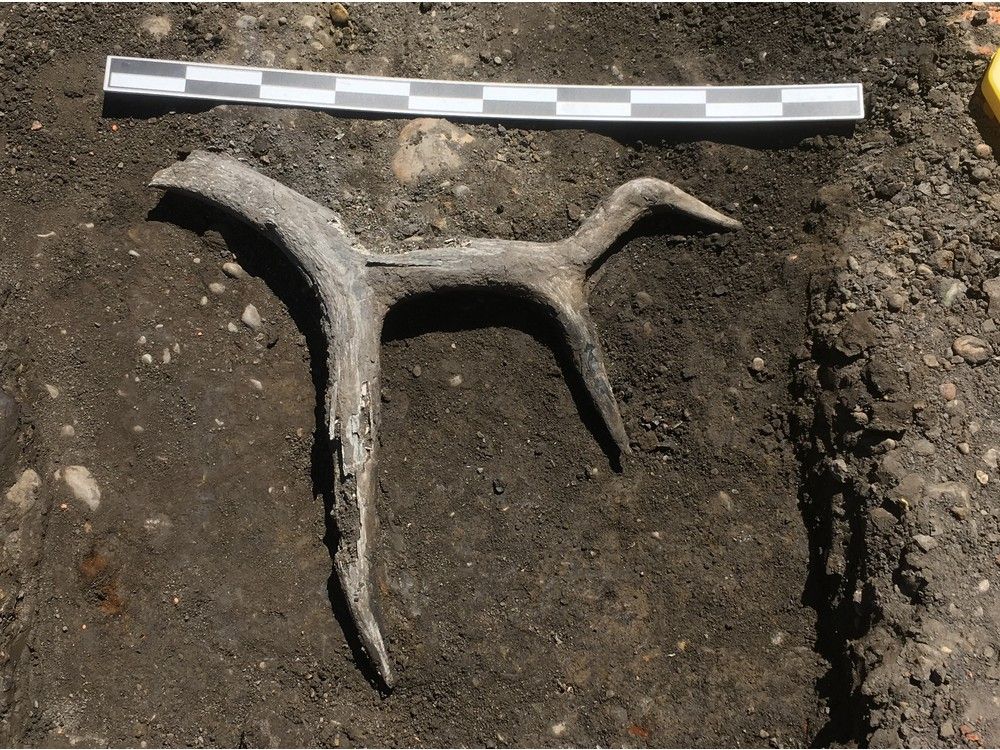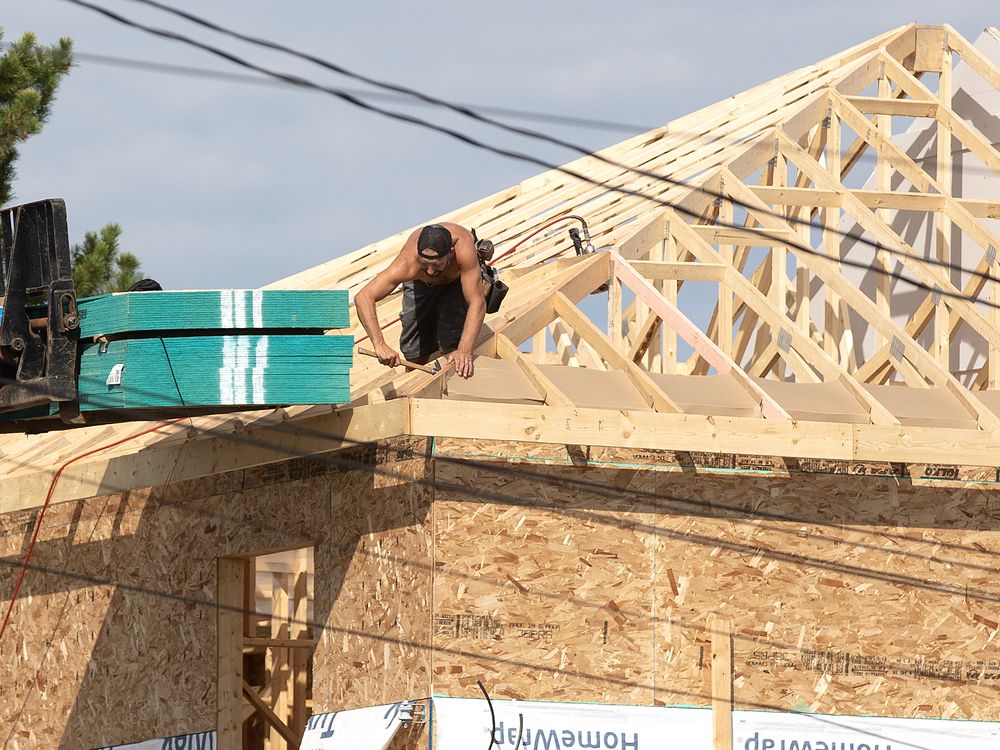Is CUSMA the best path out of the trade war with the U.S.?

Business leaders were hopeful the White House meeting between Prime Minister Mark Carney and U.S. President Donald Trump would provide a framework for how trade talks may progress.
After the two leaders spoke in the Oval Office, an unlikely winner appears to be emerging: the Canada-U.S.-Mexico Agreement on trade (CUSMA, or USMCA as it’s called in the United States).
At his Oval Office meeting with Carney, Trump was asked if USMCA is dead.
“No, it was actually very effective and it’s still very effective. But people have to follow it. That’s been the problem, people haven’t followed it,” Trump said.
In the very next breath, he mused that the trade deal was a transitional step that may not be needed in the future.
But his embrace of the agreement might be just enough to reset the parameters of the Canada-U.S. trade talks.
“I think the president has opened a wide open door and we need to drive through it,” said Goldy Hyder, president of the Business Council of Canada.
CUSMA compliance
Since the outbreak of the trade dispute, Hyder has said repeatedly that CUSMA is the best mechanism to resolve the conflict. He says many Canadian companies didn’t have to take steps to become CUSMA compliant because they were given “Most Favoured Nation” status under previous trade deals.
Trump has repeatedly accused the Canadians of cheating. And some say having so many products that are non-compliant with CUSMA added fuel to that.
RBC economics says the vast majority of Canadian exports could be CUSMA compliant if the companies went through the process.
“By our count, more than 94 per cent of Canadian exports to the U.S. are likely compliant with CUSMA rules of origin,” wrote RBC’s deputy chief economist Nathan Janzen.
Power & Politics host David Cochrane breaks down what happened when Prime Minister Mark Carney met with U.S. President Donald Trump in the Oval Office in front of reporters, from the tone of the meeting to what was said.
Hyder says going through the process of making sure most Canadian products are actually compliant under the new deal, as opposed to old deals, will help assuage some of the concerns from the White House.
He says that message was made loud and clear by the president during his public statements with Carney.
“A recognition very publicly that the best way forward is through the USMCA,” said Hyder.
He says framing the dispute through CUSMA also serves to contain some of the volatility associated with the tariffs and threats emanating from the White House.
An opportunity for Canada?
One problem so far has been the sprawling nature of the president’s complaints.
Trump has railed against everything from autos and steel to energy and making Canada the 51st state.
The issues were so big and so varied, it was hard to see how the dispute may end.
Longtime veterans of Canada-U.S. trade didn’t expect Trump to emerge from the meeting with Carney as the defender of the trade deal.

“I was rather surprised that President Trump was defending CUSMA as a good deal,” said former diplomat and long-serving politician Frank McKenna.
That could prove advantageous, since Canada has issues it wants to resolve as well, according to McKenna.
“We need to make them understand this is a two-way negotiation,” said McKenna.
One issue near the top of that list was highlighted by Carney as he told Trump Canada wants some changes to the deal as well.
“Part of the way you have conducted these tariffs has taken advantage of existing aspects of USMCA,” he told Trump.
Possible next steps
Businesses and business associations have repeatedly told the politicians to find a way to get talks moving.
The uncertainty caused by the tariffs is weighing on business investment in both countries. The tariffs themselves are hurting businesses across the continent.
At first blush, business associations seemed optimistic after the meeting at the White House.
The Canadian Chamber of Commerce said a relationship reset was much needed. President and CEO Candace Laing said she was impressed with the tone of the meeting and the sense of momentum it gave.
“Our two countries working and making things together will be mutually beneficial for decades to come, if we are able to keep discussions like today’s going,” said Laing in a statement Wednesday.
The question is how to get negotiations actually moving.
“We agreed to have further conversations in the coming weeks and we are looking forward to meeting in person at the G7 Summit in Kananaskis in Alberta,” said Carney.
CUSMA is not technically supposed to be renegotiated until 2026. But Hyder and others say there’s no need to wait. In fact, Hyder says Carney should suggest a meeting of Canada, Mexico and the U.S. on the sidelines of the G7 to jump start those talks.
“Call them to the G7, have a sidebar North American leaders summit, put on the agenda: where do we go from here?” says Hyder.
One key question lingering over the trade war has been what an exit ramp might look like.
At the White House this week, Trump laid out one clear path. He may change his mind; the president has a volatile nature.
But Hyder says Canada simply cannot let the opportunity to get talks going slip by.





